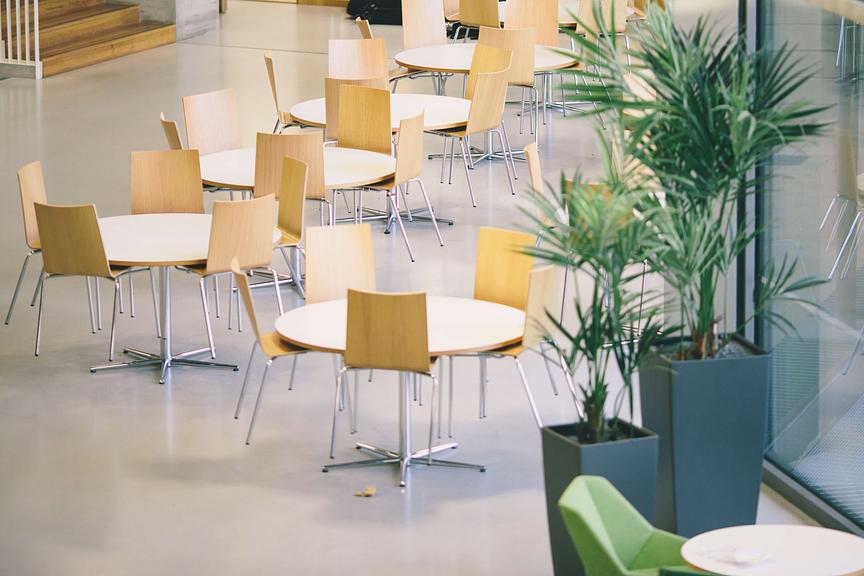Learning a language has a big effect on how a youth with an immigrant background will integrate into school and society. Language is needed to create social connections, but also to understand the topics covered in one’s studies.
Language skills develop best through using language. Schools can support students and foster the courage needed to use language and take responsibility for one’s learning. There are many ways to learn. One efficient way is teaching the topic to others.
A pilot of the Migrant Youth Helsinki project, Buddyschool brings different aged students together to teach and learn actively from each other.
The method was developed for students who struggle with their grades for one reason or another. The idea for peer learning as a part of formal studies came from the realisation that at the time of graduation in Finnish comprehensive school there are students who have not completed their studies or have underperformed. Instead of extra exams to boost grades a more active approach was chose — an approach that offers a chance to experience the joy of learning and tackle one’s challenges with studying.
Even though the Buddyschoolwas primarily founded to answer the challenges of language learning, the method works in all subjects. The Buddyschoolprogram has included reading, writing and illustrating fairy tales and short stories, leading an exercise session, going through literature genres, and organising a study group instead of taking an exam on a unit on water.
The Buddyschooloffers students non-passive alternatives to traditional school work and help the students see themselves in a different role. The students feel they are on equal footing in the classroom. As communication becomes natural, they can take charge and become active language users. As a result, students take more responsibility both for their learning and their other actions.
Students participated in the study groups enthusiastically. People, who usually don’t shine during ordinary lessons, have risen up to the occasion. Many quiet and passive students have turned into active study group leaders and students who are unsure of themselves have realised that working together leads to learning. The study groups have also received positive feedback from parents.




